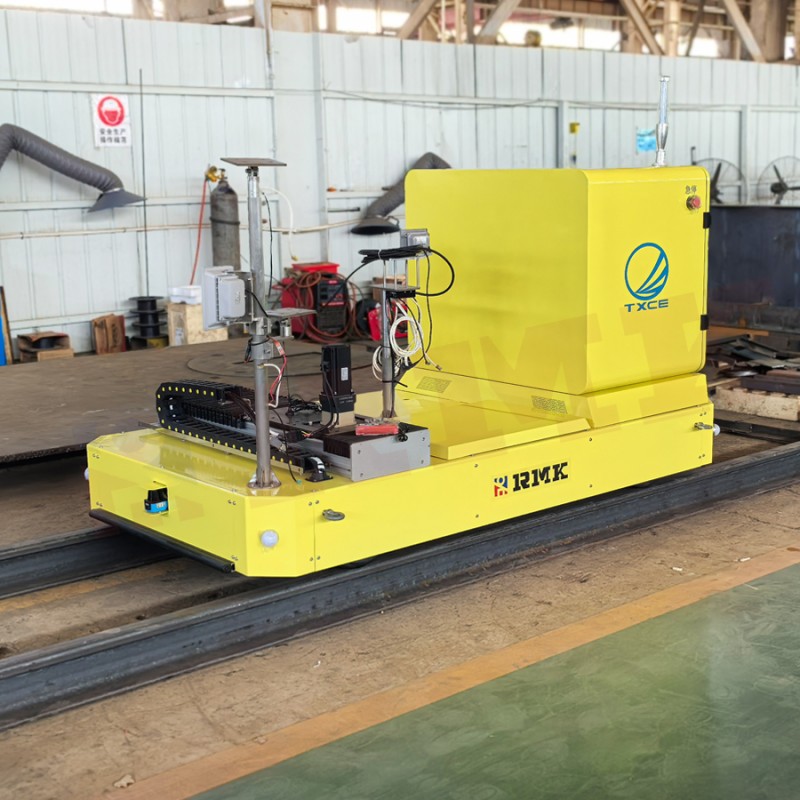
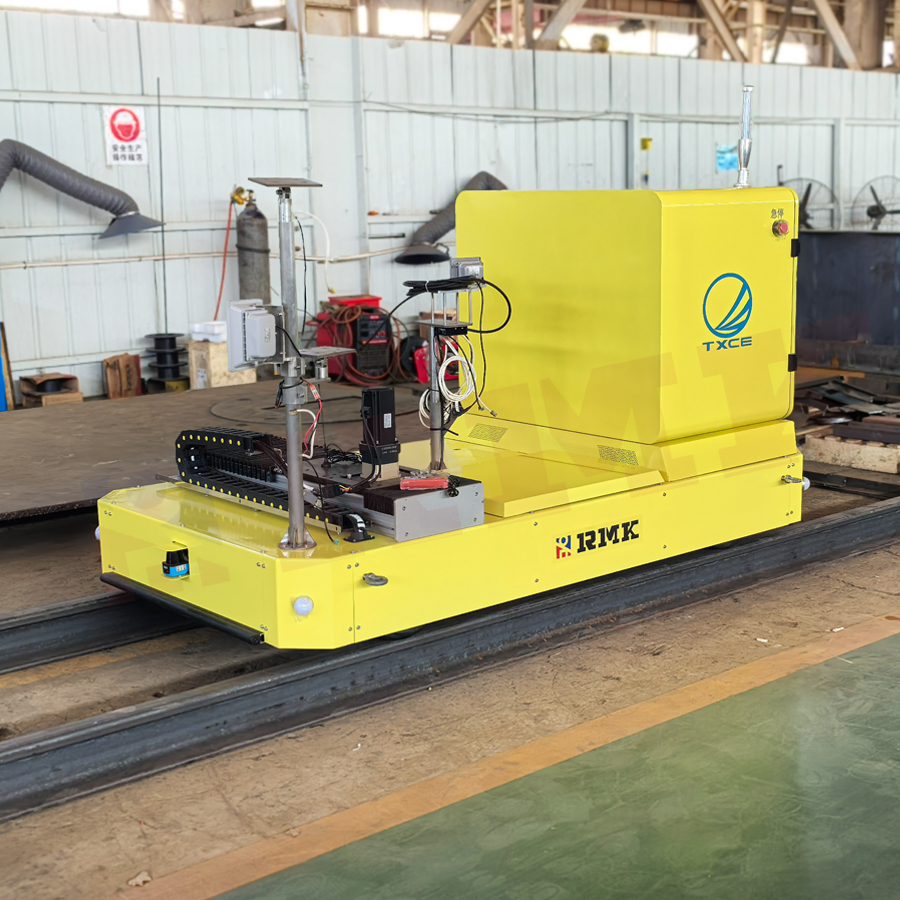
The shape of the railway inspection rail transfer cart body is usually designed according to its function and track space. Some are flat plate types, which are convenient for placing large equipment; some have carriages for storing various small tools and parts.
The exterior of the vehicle body will be treated with anti-corrosion measures, such as painting or using special anti-corrosion coatings, to extend the service life of the vehicle in different environments, especially in humid or corrosive environments, such as railway tracks near the seaside or chemical industrial parks.
The railway inspection rail transfer cart can quickly and accurately transport maintenance tools, equipment and materials to the designated maintenance location, improving the efficiency of maintenance work. It is used for daily inspection, fault handling and equipment transportation of railways.
Daily inspection: In the daily inspection and maintenance of railway lines, the transfer cart can transport detection instruments, maintenance tools, etc. to the locations that need inspection and maintenance, facilitating the inspection and maintenance work of staff.
Fault handling: When a fault occurs on the railway line, the transfer cart can quickly transport emergency repair equipment and materials to the fault site to speed up the fault removal.
Transportation of large equipment: For some large railway maintenance equipment, such as cranes and track grinders, the transfer cart can provide auxiliary transportation and transport the equipment to the job site.
Connection device of rail transfer cart:
In order to facilitate connection with other vehicles or equipment, the transfer vehicle will be equipped with corresponding connection devices. For example, there are hooks at the front and rear of the vehicle for towing or being towed. At the same time, some transfer vehicles may also be equipped with automatic connection devices. When marshalling transportation is required, they can be automatically connected with adjacent vehicles to improve operational efficiency.
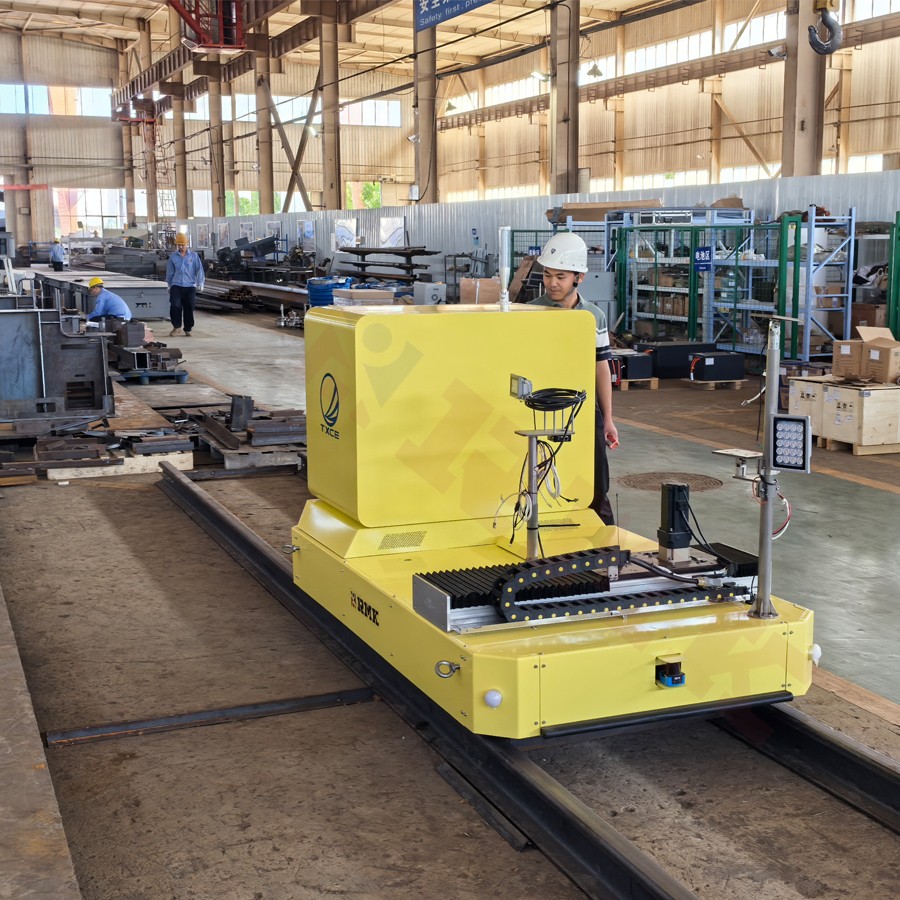
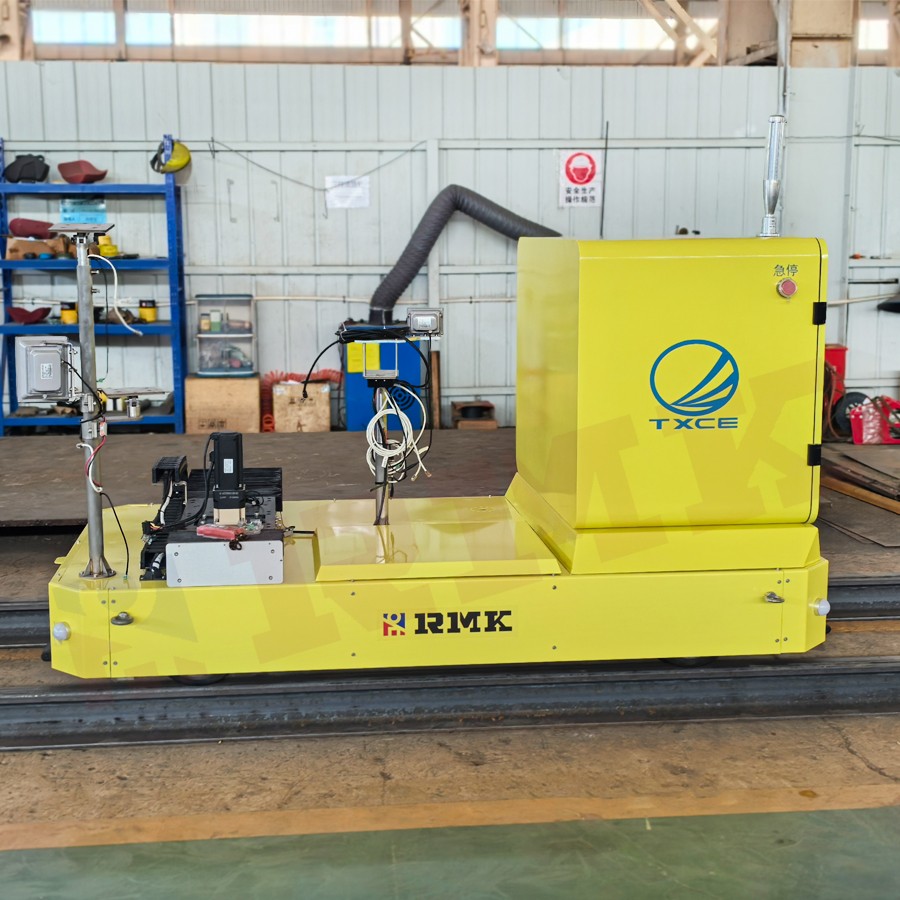
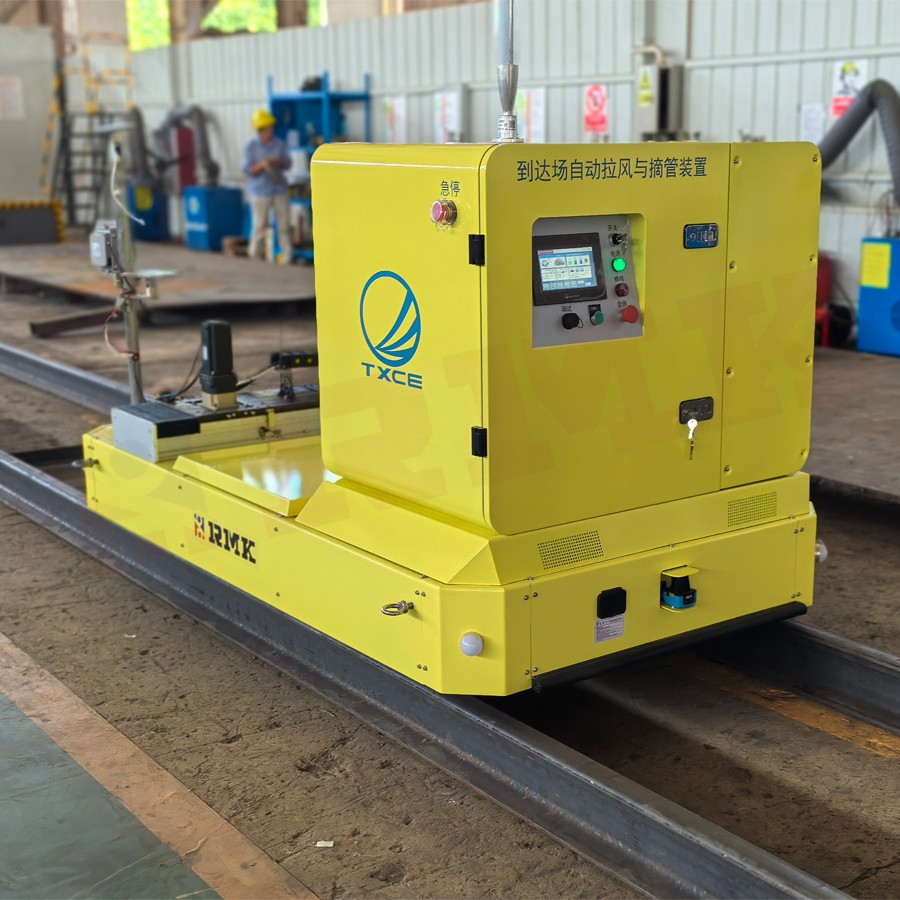
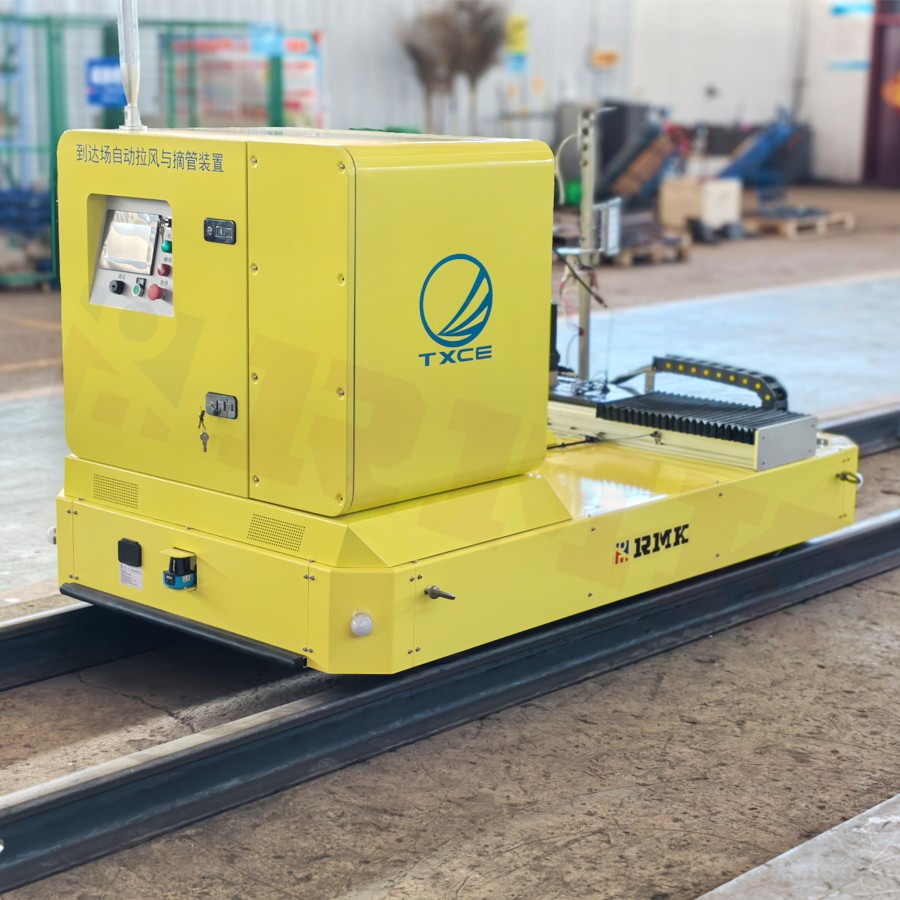
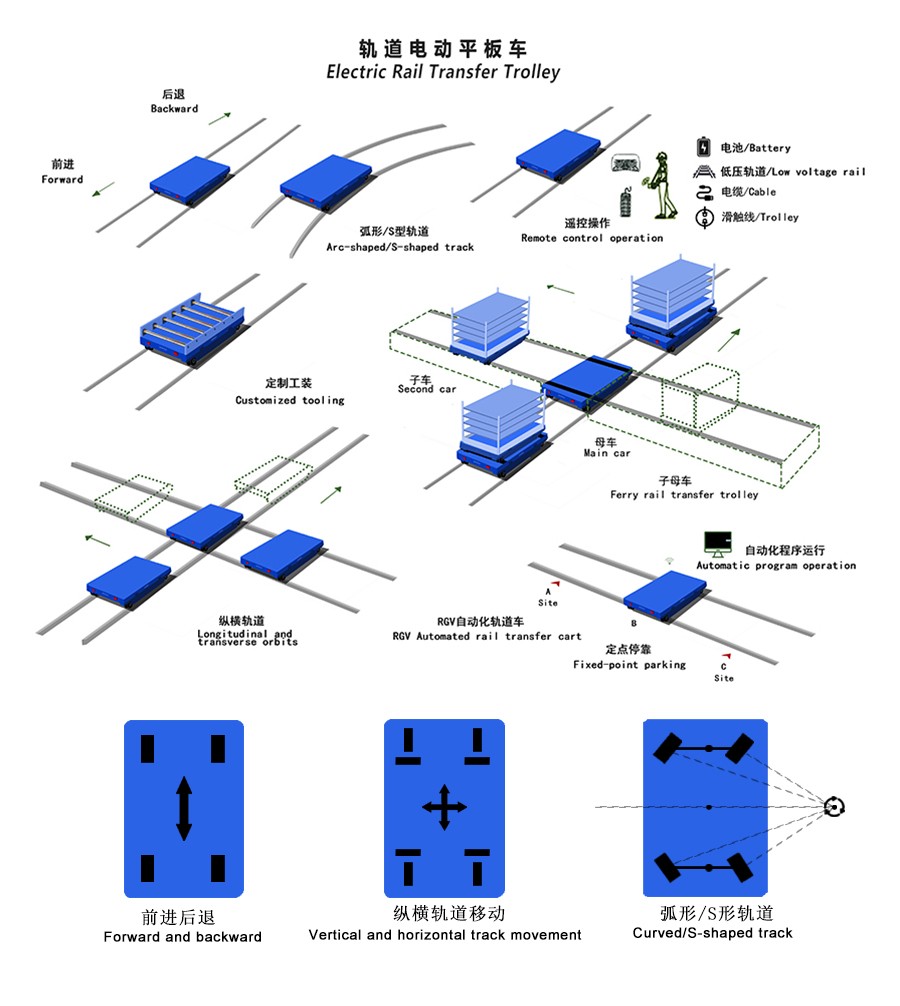
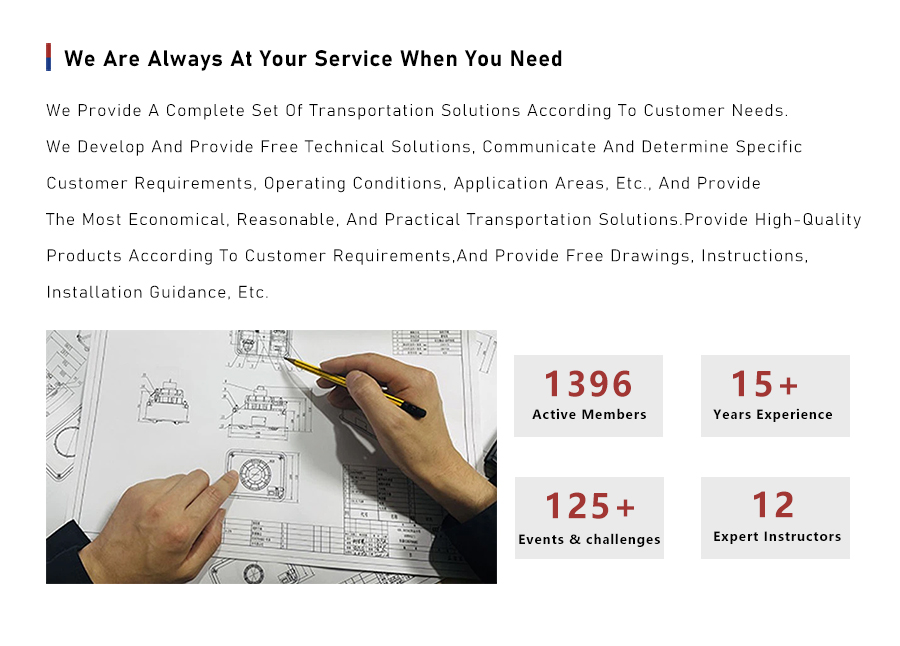
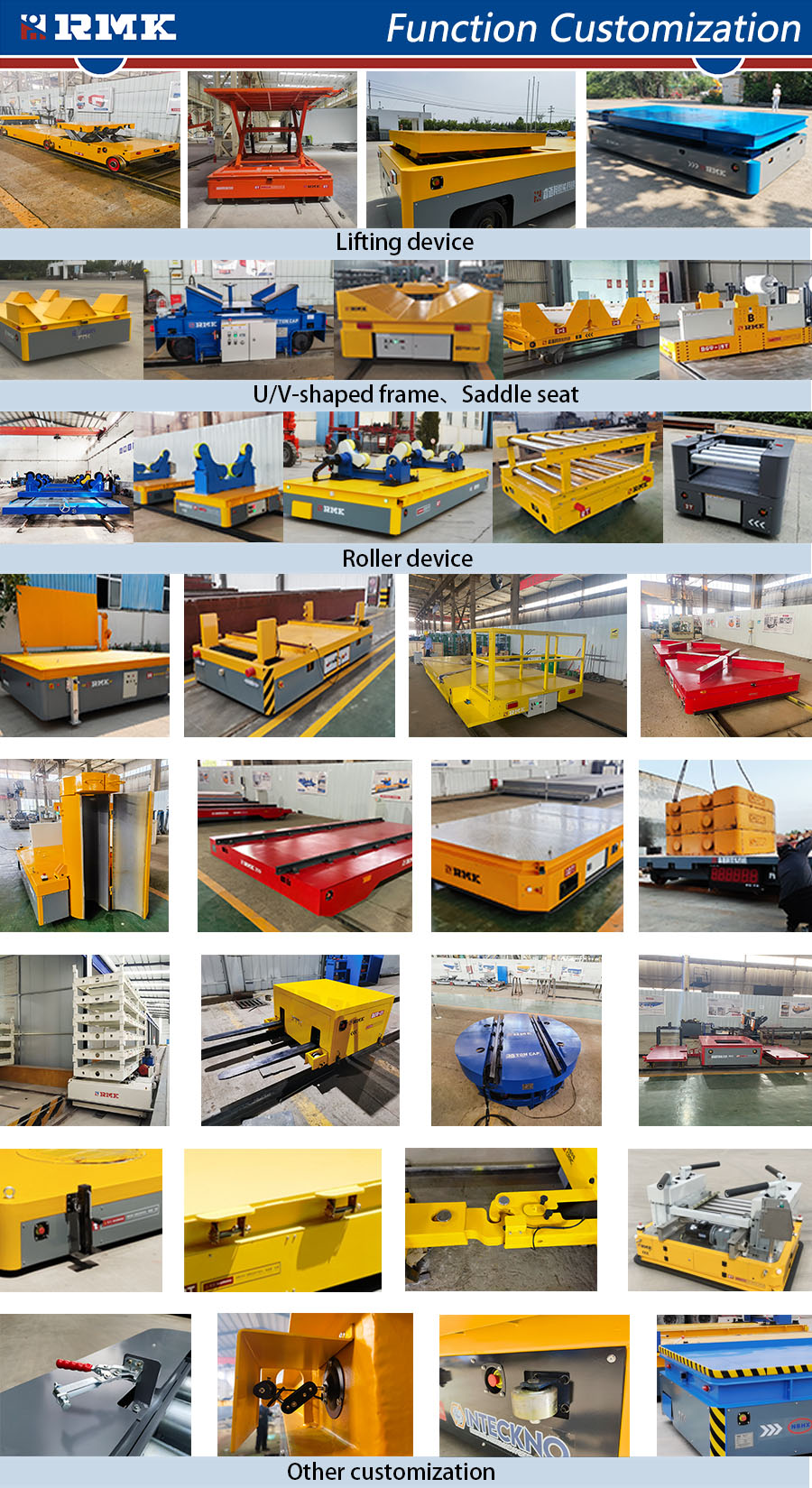


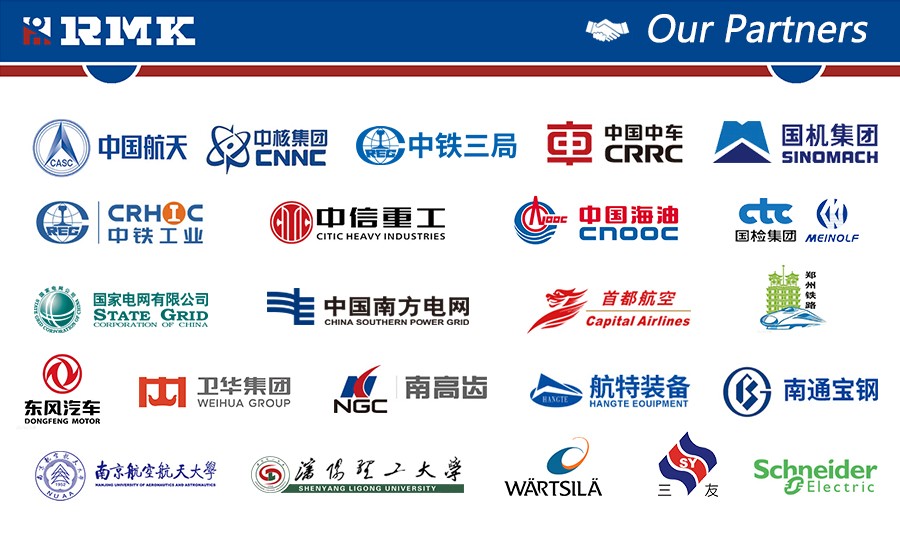
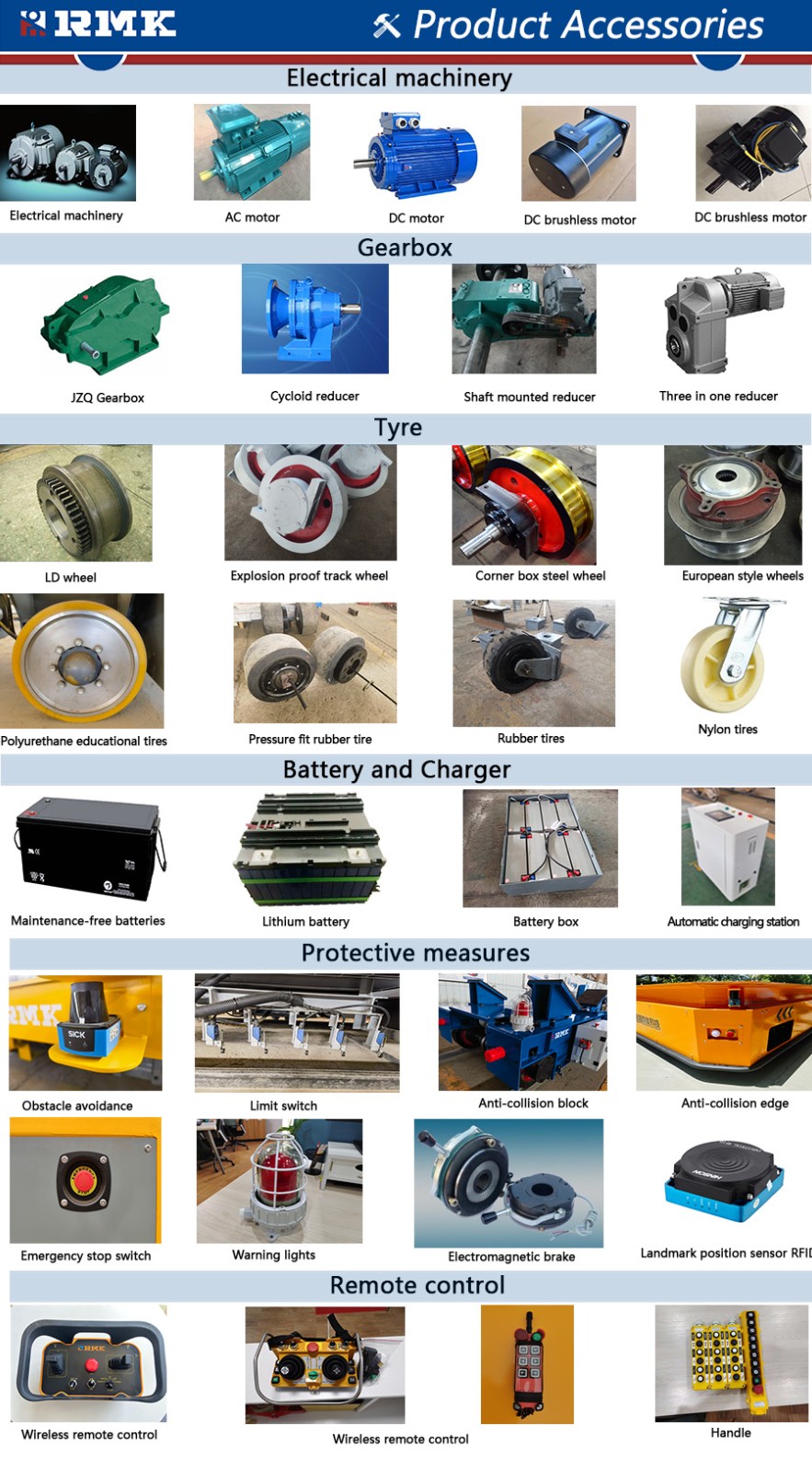
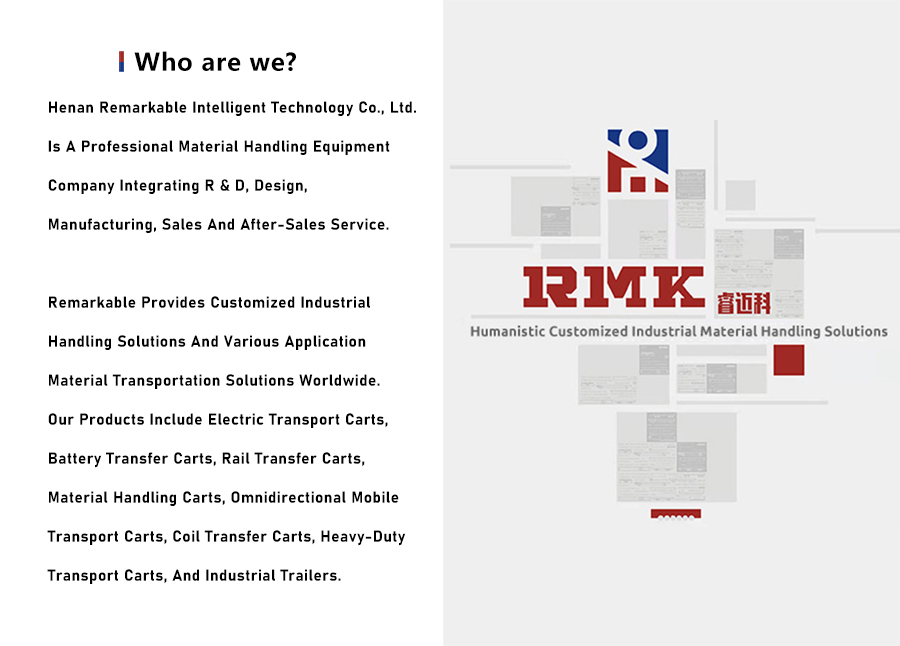
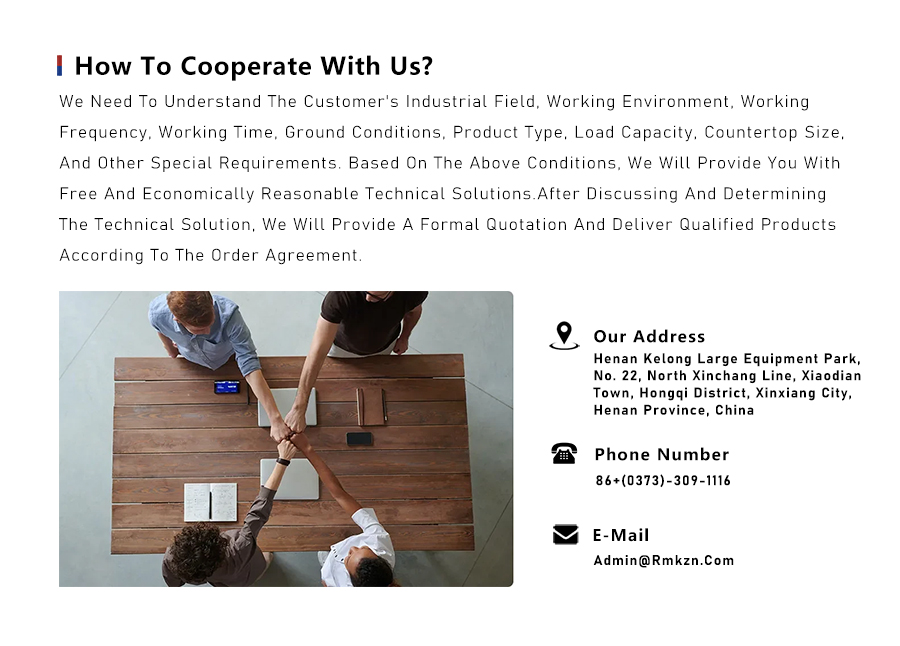
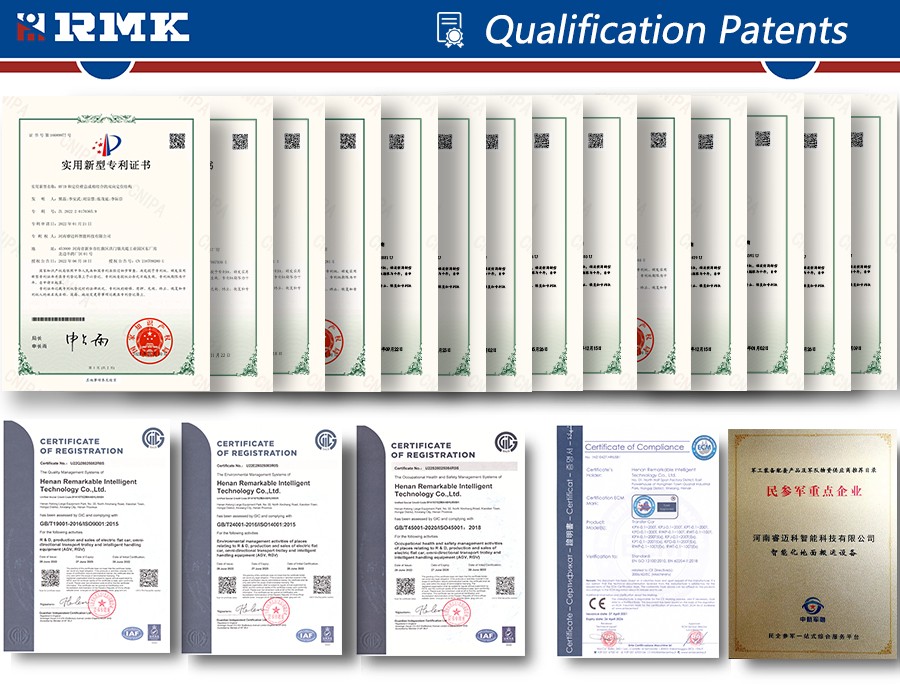
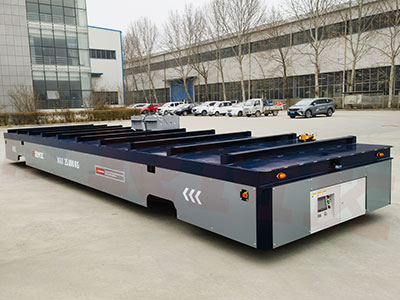 Intelligent trackless transfer cart
Intelligent trackless transfer cart
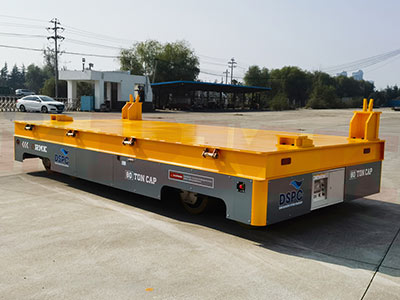 Trackless transfer cart applied in the water conservancy industry
Trackless transfer cart applied in the water conservancy industry
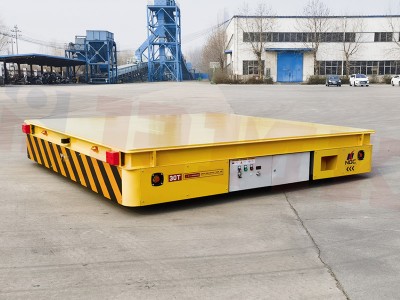 Motor factory handling cart 30 tons battery transfer cart
Motor factory handling cart 30 tons battery transfer cart
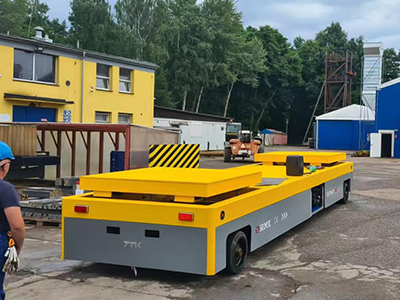 Industrial 30 tons hydraulic lifting heavy-duty trackless transfer cart
Industrial 30 tons hydraulic lifting heavy-duty trackless transfer cart
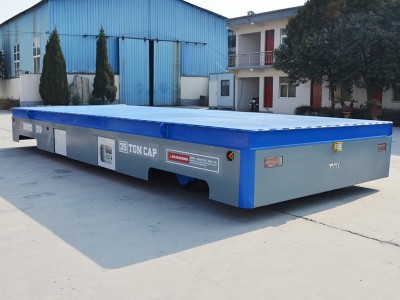 Customized trackless transfer cart
Customized trackless transfer cart
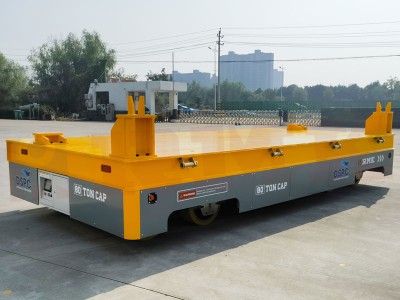 80 tons hydraulic steering trackless trolley
80 tons hydraulic steering trackless trolley
 Intelligent trackless transfer cart
Intelligent trackless transfer cart
 Trackless transfer cart applied in the water conservancy industry
Trackless transfer cart applied in the water conservancy industry
 Motor factory handling cart 30 tons battery transfer cart
Motor factory handling cart 30 tons battery transfer cart
 Industrial 30 tons hydraulic lifting heavy-duty trackless transfer cart
Industrial 30 tons hydraulic lifting heavy-duty trackless transfer cart
 Customized trackless transfer cart
Customized trackless transfer cart
 80 tons hydraulic steering trackless trolley
80 tons hydraulic steering trackless trolley
At the very beginning of formulating a solution, our engineers will predict the faults that might occur during the equipment utilization relying on their rich experience, and avoid quality risks in advance.
Before getting inside the warehouse, all steel plates must be pretreated and testified to be qualified.
There is quality inspection in every process. The previous process can be allowed to enter the next one only if it is qualified. The whole process inspection records must be well preserved.
Before delivery, all the transfer carts/trolleys must undergo performance test, including load forward and backward, obstacle avoidance, omnidirectional mobile, slope climbing, lifting, wireless remote control, etc.